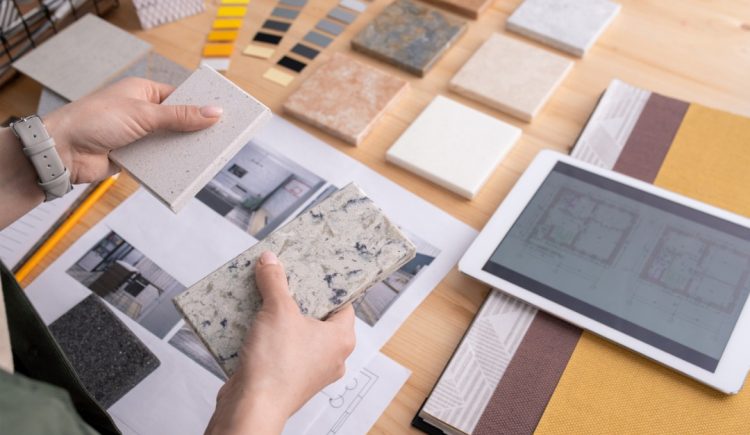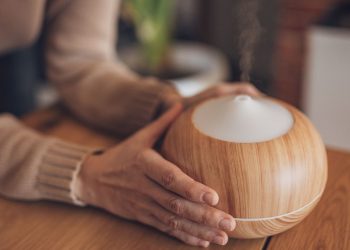Whether you want to refresh a room or redecorate a whole home, you may hire an interior designer or exercise your design chops and decorate your house independently. If you decide to be your own designer, following a process can help your project progress seamlessly, you’ll have fun and end up with a beautifully inspired space.
Step one: Pull inspiration images
Before you dive into selecting furniture, fabrics, wallpaper and accessories, complete a creative exercise that will help you uncover what you love. Whether you pull photos from magazines, spend time on Pinterest, Instagram, or even drive through new neighborhoods, gathering images that inspire you can help shape the direction of the room you’re designing.
Step two: Create moodboards
Using your inspiration images, create several different moodboards of the spaces you’re most drawn to. These moodboards can include both furniture pieces as well as other images that are inspirational to you, such as people, scenery, vacation destinations, clothing, etc.
Step three: Measure the space
Space planning is the first step in creating a functional and beautiful space. First, take careful measurements for doorways, windows, and wall openings. Next, to visualize where you want the furniture, painter’s tape is a tried and true way to mark where furniture can go and you’ll be confident that it will fit in the space. Then, you can draw the room on paper or use a consumer-friendly digital floor plan tool, such as Homestyler, to see how all the furniture can come together.
Step four: Create a concept
Using the floor plan you created, you can select furniture that fits the room. The furniture sizes should align with the painter’s tape shapes or your digital floor plan. As you begin furniture shopping, select only furniture that fits your floor plan. Some tips to keep in mind as you create the concept are:
- Select a color palette. Establishing a color palette is the best way to guide your purchasing decisions. The 60-30-10 rule is a decorating guideline that has stood the test of time. This means that 60% of a room should be a dominant color, 30% a secondary color, and 10% an accent color. Carrying variations of these colors throughout the home will help it feel unified and intentionally designed.
- Identify each room’s focal point. Identifying each room’s focal point gives you a starting point to design around. In a living room, this is typically the fireplace. Arranging the furniture to focus on the fireplace and creating conversation areas around it grounds the space. In a kitchen, the focal point may be a stunning range hood. This should be the showstopper in the room, and the other kitchen features shouldn’t compete with it.
- Size the rug correctly. An appropriately sized rug can make a room appear larger and professionally designed. A rug that is too small can lessen the overall impact of a room and make the room feel off. Selecting the larger size is always better when deciding between two rug sizes. As a general guideline for rug sizing, at least the front legs of your seating should be on the rug, if not all four legs. There should also be six inches between the rug and the wall.
- Consider the walkways. An essential decorating guideline is that form should follow function. A room should feel and look effortless, and the most important fundamental aspect is how seamlessly you can move through the space. A room shouldn’t feel crowded and there should be enough breathing room to circulate. Generally, there should be at least three feet of walkway space between pieces of furniture and about 18 inches between smaller pieces, such as the coffee table and the sofa.
Step five: Always order swatches
After you select all your furniture, order swatches for everything. Ordering swatches for the wallpaper, paint, upholstery, window treatments, pillow, flooring and any additional elements can help you touch and visualize all these pieces together, which is particularly important if you’re ordering most of your pieces online.
Step six: Save space for unique collected pieces
The most beautiful spaces are collected over time. While it can be tempting to buy all your decorative accents at once to complete the area, slowly collecting art, decorative objects and other accents over time can create a unique space that looks like it has a designer’s touch.











